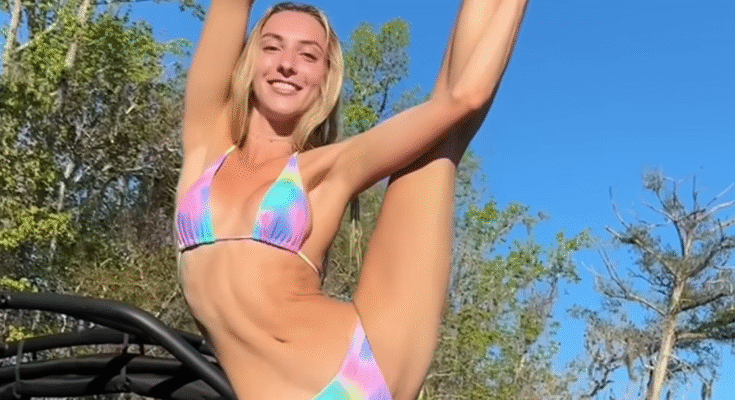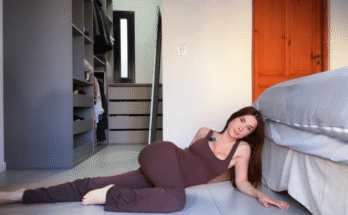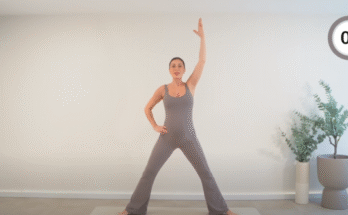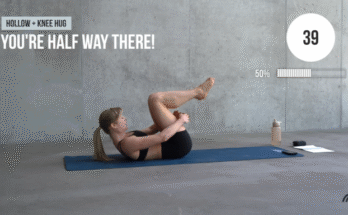In the quiet space of a small yoga studio, sunlight pouring through sheer curtains, the mat beside mine remained empty. I’d been attending the same flexibility yoga class for months now, each Thursday evening. I always arrived early, placed my mat by the window, and left just enough space beside me—waiting for her.
She wasn’t a stranger, exactly. I had seen her once, maybe twice, in a beginner’s class last winter. Her name was Lily. She had walked in with that uncertain but determined energy of someone new to yoga, to movement, to the quiet intimacy of breath and stretch. Something about her stuck with me. Maybe it was the way she giggled nervously during poses, or how she muttered “you’ve got to be kidding me” under her breath when the instructor introduced a deep stretch like King Pigeon. But even so, she stayed. She kept trying. That stuck with me.


Then one day, she disappeared.
Weeks passed. I kept coming to class. The space beside me stayed empty, like a reserved spot in some unwritten agreement between us—though we’d never actually spoken.
It sounds strange, maybe even silly, but yoga is like that. It’s not just poses or postures. It’s presence. It’s awareness. It’s the way we silently encourage one another, just by showing up. I kept hoping she’d return, to fill that space beside me. To try again. To stretch into her own version of strength.
Flexibility yoga, the class we shared, is not just about touching your toes or folding your body like origami. It’s about softening. About surrender. It’s about showing up for yourself—tight hamstrings, stiff back, distracted mind and all. And for some reason, I wanted to see her walk that path. Maybe because in her, I saw a piece of myself from not too long ago. The girl who didn’t believe her body could ever bend without breaking.
The instructor, Maya, always spoke about flexibility in more than physical terms. “Sometimes,” she’d say, holding us in Butterfly pose, “the flexibility we need most is mental. Emotional. Spiritual. The body will follow when the heart softens.” I always remembered that. Especially on days when I could barely touch my knees, let alone my toes.

I imagined Lily hearing those words. I imagined her breathing through the difficulty, like we all do. And I imagined her growing—not into some Instagram-perfect yogi—but into someone who could sit with discomfort, stretch past resistance, and find a little more space inside herself.
So I kept waiting for her.
Weeks turned into months. The seasons changed. My own practice deepened. My hips grew looser, my back more supple, my breath slower. But still, I looked to the door each class, hoping Lily would walk through it, mat in hand, hair in a loose bun, that familiar nervous grin on her face.

And then one rainy April evening, she did.
She slipped in quietly just as class was about to begin, scanning the room. Her eyes landed on the mat by the window—my mat—and then on the space beside it. Her lips curled into a small smile. She placed her mat down next to mine, nodded once like we were old friends, and took a seat.
She didn’t say a word. Neither did I.
But something passed between us in that silence. A kind of recognition. An unspoken “you made it.”
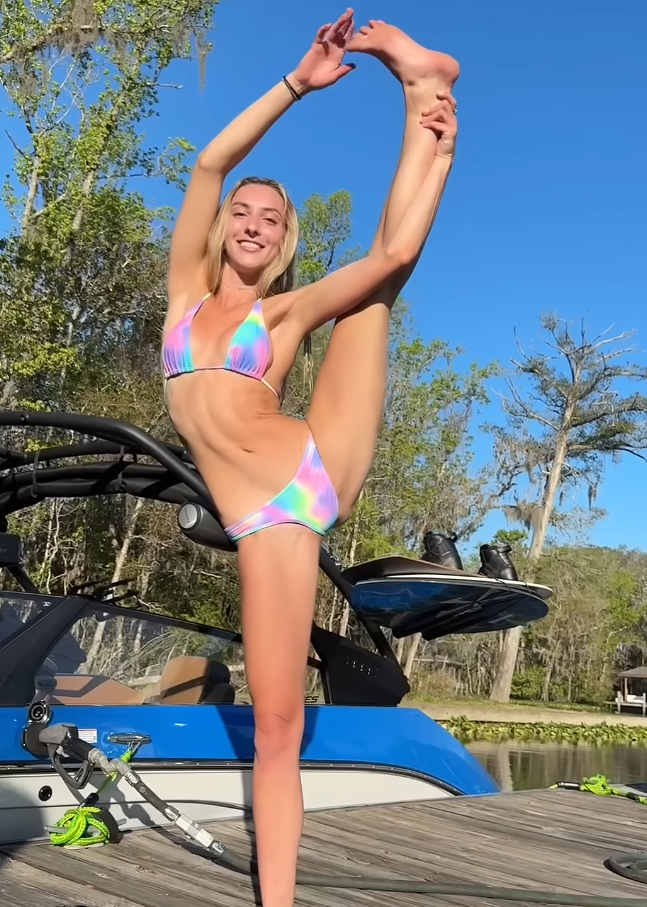
The class began. We moved slowly, easing into stretches that invited openness: seated forward folds, half splits, cat-cow transitions. I snuck glances at Lily—her body still carried tension, but it also carried determination. She breathed through the poses, face set with concentration. No giggles this time, but something steadier. Quieter.
And then Maya cued us into Pigeon pose—the one that used to make Lily groan audibly. I watched her pause, close her eyes, and exhale deeply as she folded forward. Not perfect, but present. Not flexible in the way yoga magazines might celebrate, but flexible in the way that mattered most—willing to try again.

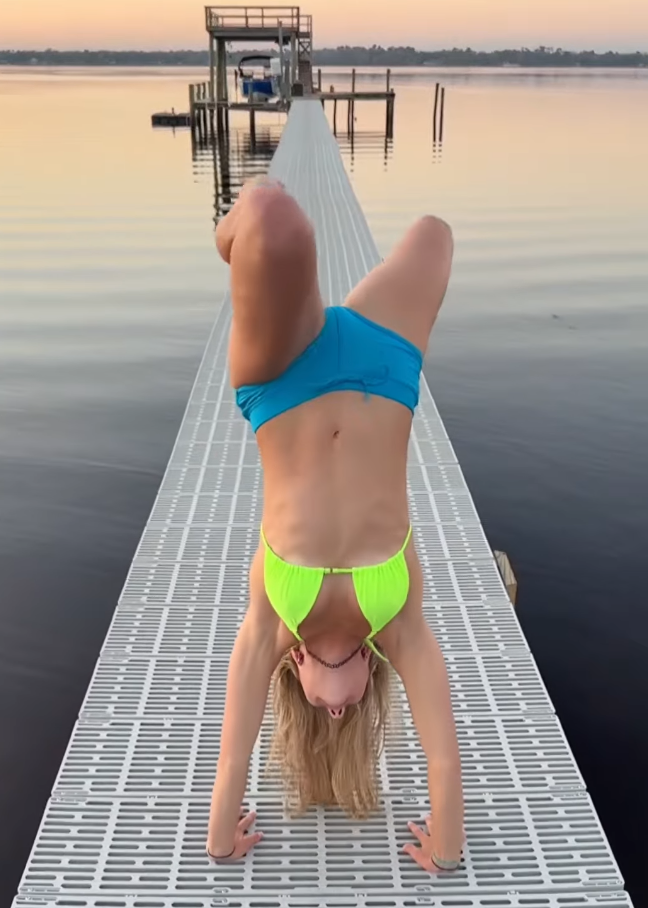
That moment cracked something open in me. I realized I hadn’t just been waiting for her to return to yoga. I had been waiting for her to return to herself. And in some strange way, I think she had been waiting for that too. Flexibility yoga is like that. It waits for you. It doesn’t demand you be anything other than exactly where you are.
After class, she turned to me.
“You remembered,” she said simply, gesturing to the space I’d left open.
I nodded. “I was hoping you’d come back.”
She laughed, soft and genuine. “Took me a while. Life got in the way. I didn’t think I was cut out for yoga. But I kept thinking about it. About how I felt when I tried. Not good at it, but… like maybe I could be. One day.”
“You already are,” I said.
She didn’t reply, but her eyes said thank you.
We rolled up our mats together. Outside, the rain had slowed. The sidewalk shimmered. And something inside both of us felt a little more open.
Flexibility Yoga: A Practice of Patience and Possibility
This story—mine, Lily’s, maybe even yours—is what flexibility yoga is truly about. It’s not about extreme poses or contortionist bodies. It’s about the quiet courage to return. To try again. To meet your body and breath with compassion.
Flexibility yoga teaches that progress isn’t linear. You don’t go from stiff to supple overnight. It’s a slow unraveling of old patterns, old fears. It’s learning to be patient with yourself on the mat, so you can be gentler with yourself off it.
And often, it’s about holding space—for others and for yourself.
I waited for Lily, yes. But in doing so, I also waited for myself to soften, to let go of expectations, to be okay with just being. The space we leave open—on the mat, in life—isn’t just absence. It’s an invitation. A gentle promise that when you’re ready, the world will meet you right where you are.
So if you’re thinking about trying yoga, or returning after a break, know this: the mat waits for you. The poses will welcome you. Your breath will guide you. And maybe, just maybe, someone has already left a space open, quietly hoping you’ll arrive.
Let me know if you’d like a shorter version, or one focused more on instructional flexibility
